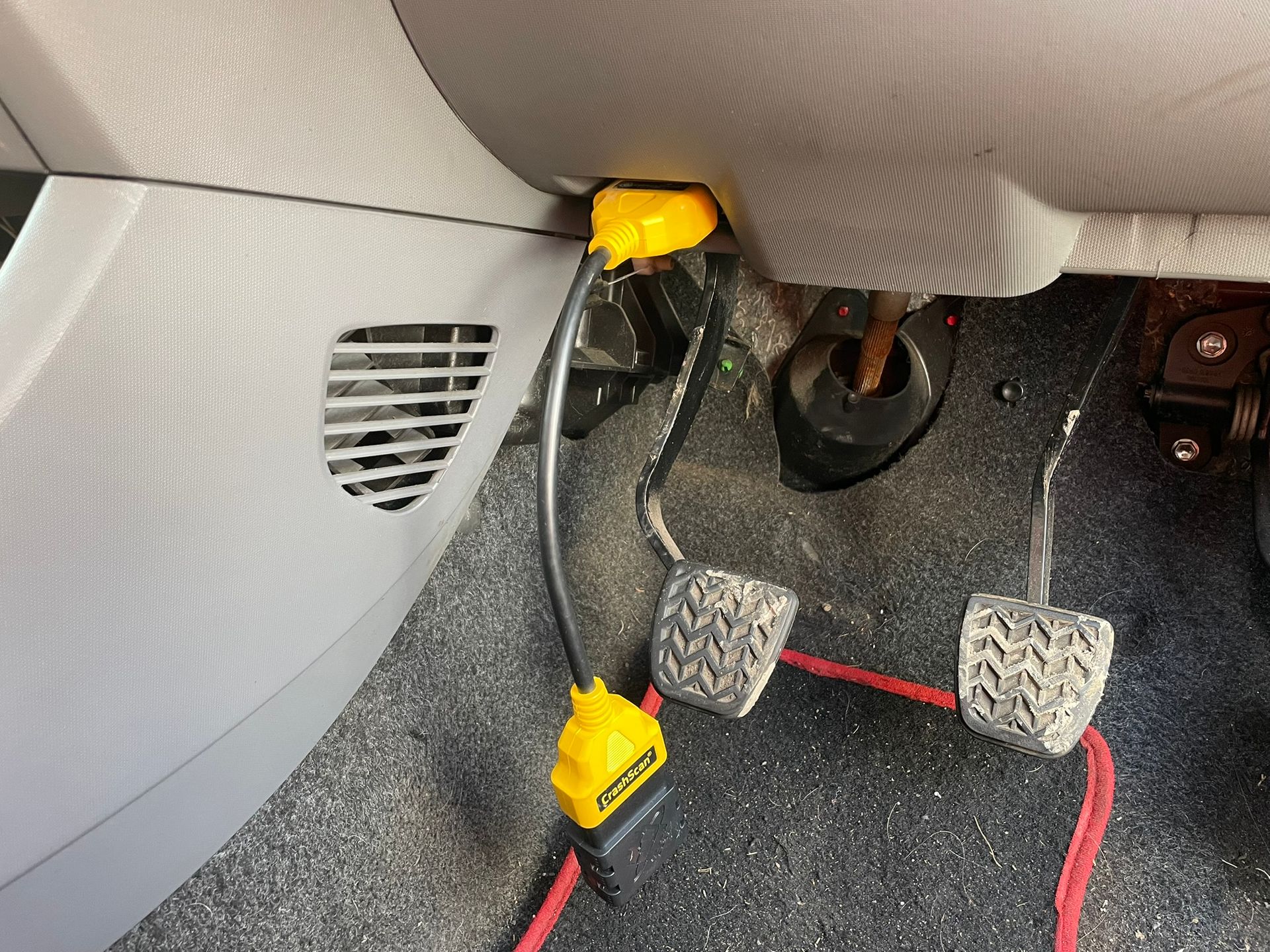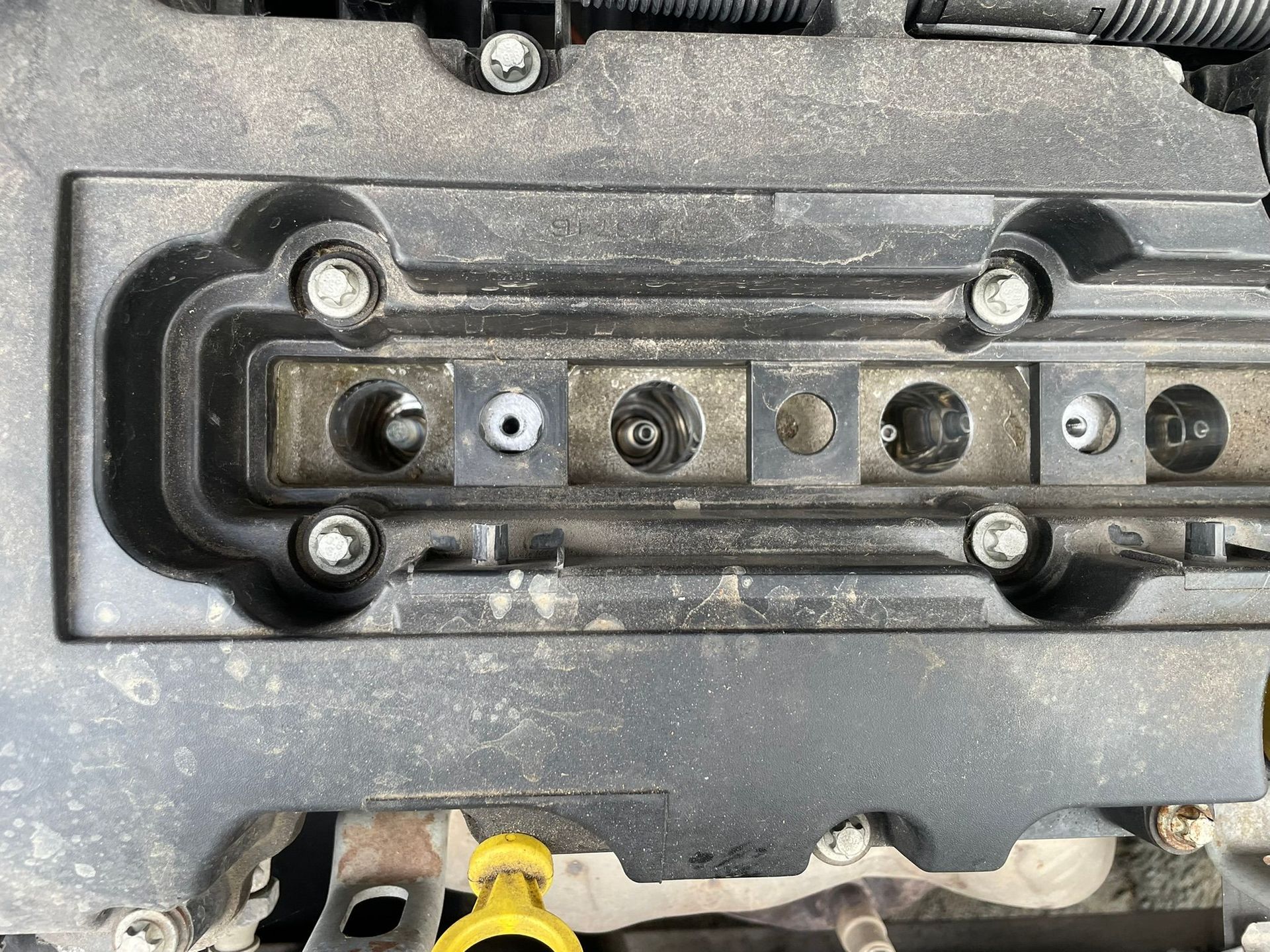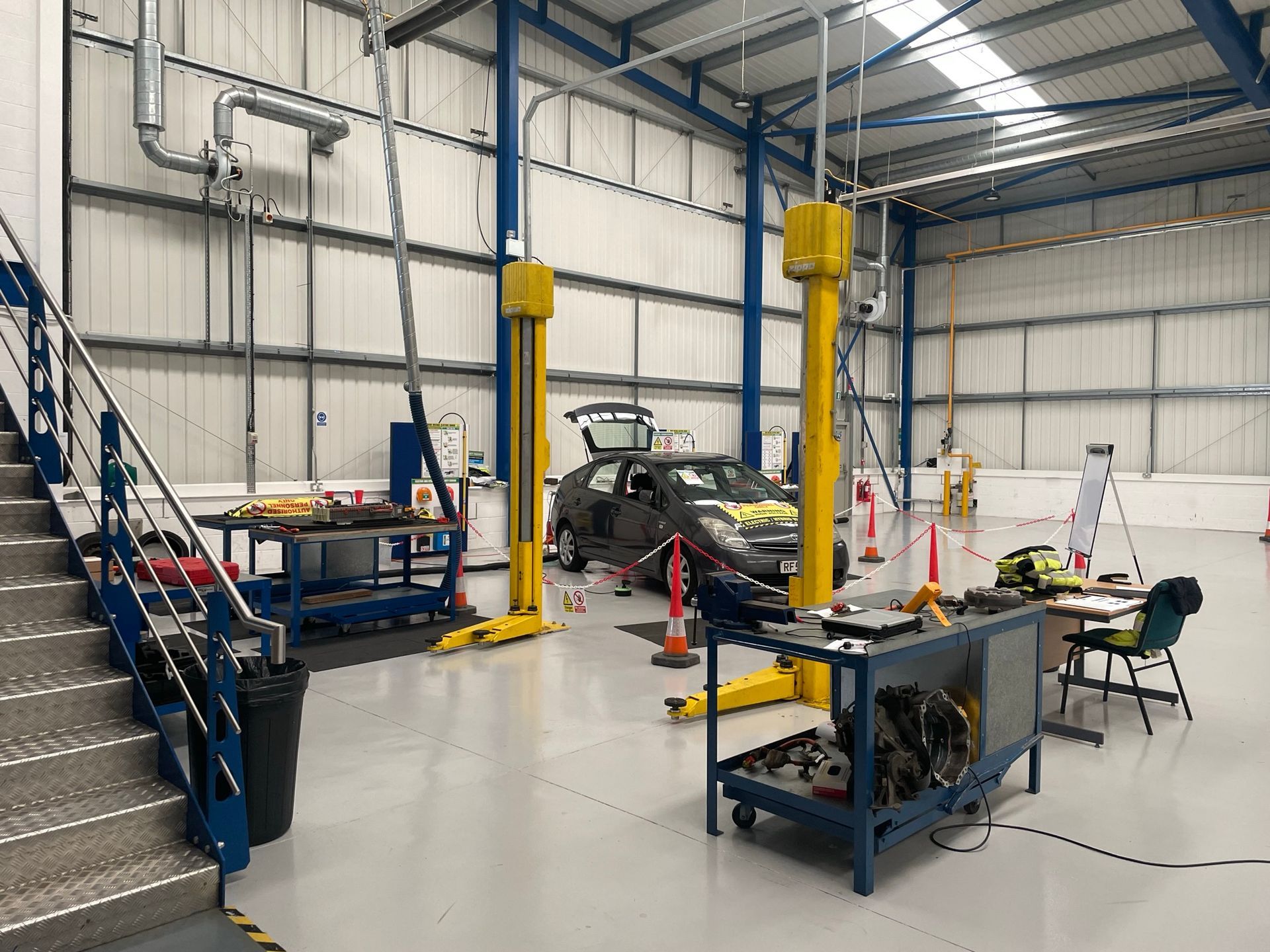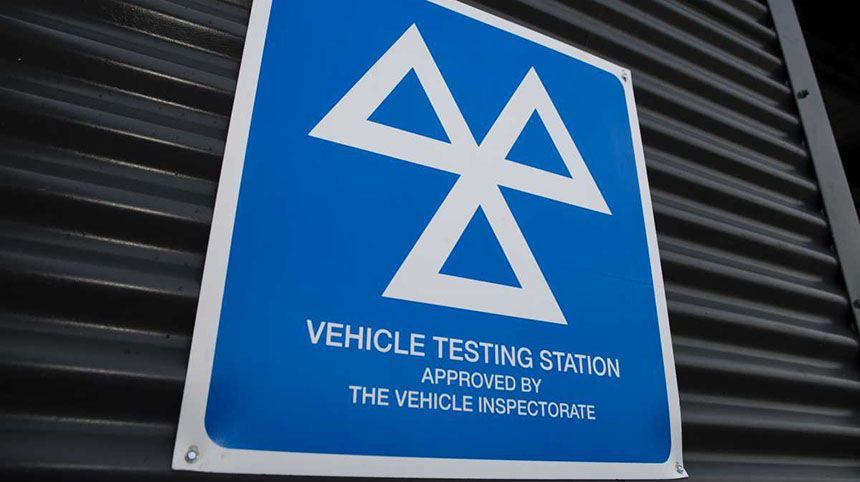Are we missing vehicle defects? Could more defects be causing collisions?
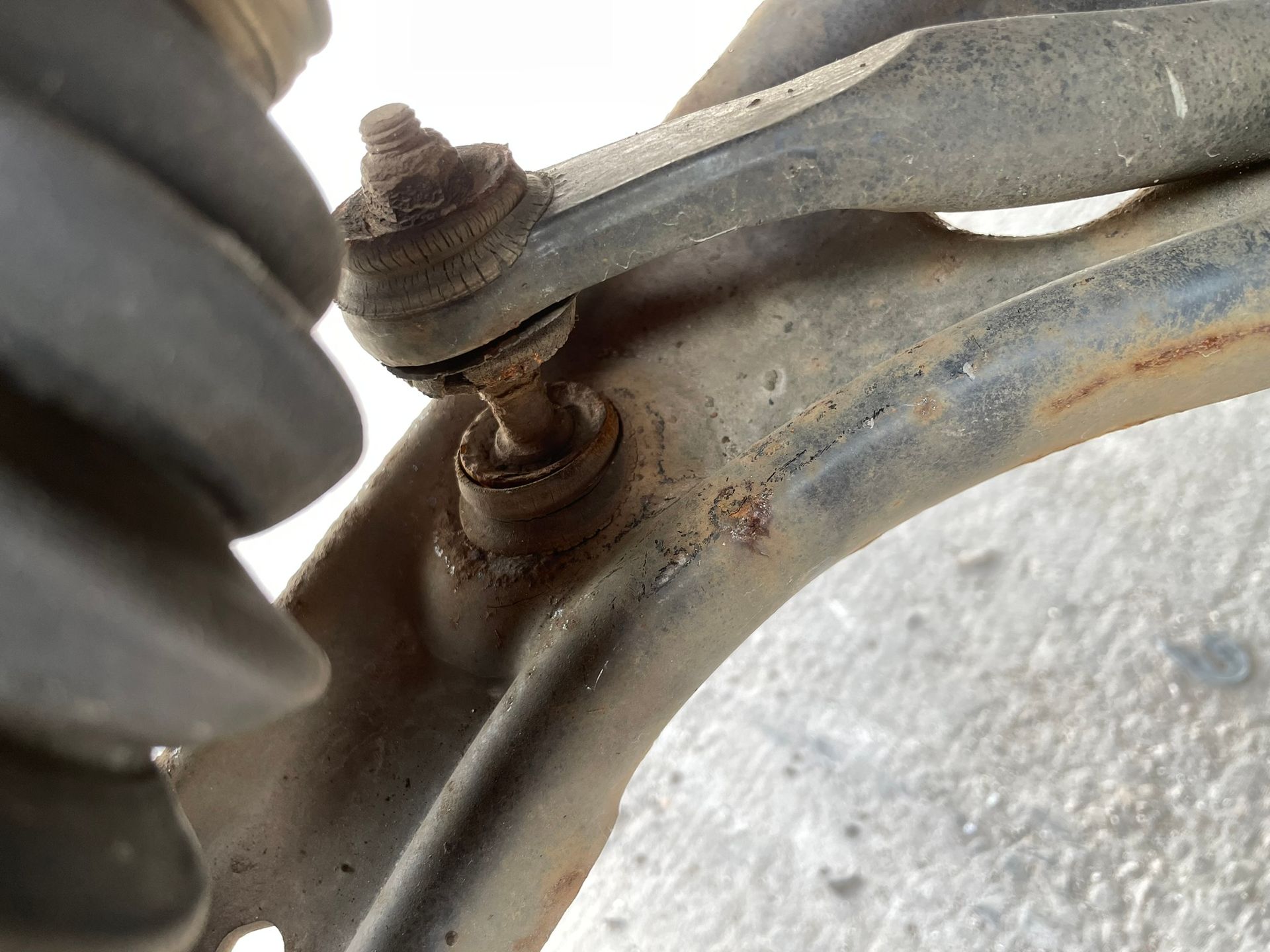
I recently came across a blog post from KwikFit (1), which suggested in 2021, 2.1% of collisions involved a vehicle with a contributory defect, this suggesting on the whole, vehicles are kept in a roadworthy condition and are not a significant cause of collisions, which I think you’ll have to admit, is a good thing.
Shortly after that however, I read an article in This Is Money (2) which found that nearly 1 in 10 vehicles failed their MOT with a dangerous defect for the period of 2021/22.
There is something about these two numbers that my brain can’t quite compute. Only 2 in every 100 vehicles involved in collisions has a defect which was contributory, but we have 1 in 10 (or 10 in 100) vehicles running round with a dangerous defect, that number being five times greater.
The problem gets worse when you see research by @What WhatCar (3) which suggests that there may be as many as 2.9 million vehicles being given a clean bill of health at their MOT, when in fact, they aren’t roadworthy.
The latter sections of research (This Is Money and WhatCar) would seem to collectively suggest that our vehicles aren’t as safe as we first thought, which raises another question for me.
How sure are we, that only 2% of vehicles involved in collisions have a contributory defect?
I don’t share the confidence in that statistic for two reasons.
The first is really simple, if we don’t look for defects, we’re not going to find them.
The second reason however, is probably the more important one, and that is we are generally reliant on drivers to allege a defect, before we consider one.
How many people see a flat tyre and assume it occurred as a result of the collision rather than being the cause of it? How many people see a broken headlight and assume the lights were working? How many people see a snapped steering arm and assume it must have happened as a result of the collision? If we’re making these kinds of assumptions, is it fair to suggest that some drivers may also make similar assumptions? Now going back to being reliant on a driver alleging a defect, how sure are we that they will always report a defect?
Finally, there have been instances where a driver has been blamed for a collision, when in fact the car was found to be at fault.
Assume nothing, believe nobody and check everything.
Can we really assume that vehicles are free from defect because nobody has alleged one?
(1) https://www.kwik-fit.com/blog/collision-data-analysed#
(2) https://www.thisismoney.co.uk/money/cars/article-11853435/Brakes-tyres-common-dangerous-defects-identified-MOT.html
(3) https://www.whatcar.com/news/mot-testers-pass-29-million-unroadworthy-cars/n23179
#forensiccollisioninvestigator #forensiccollisioninvestigation #forensicvehicleexaminer Kwik-Fit (GB) Ltd


